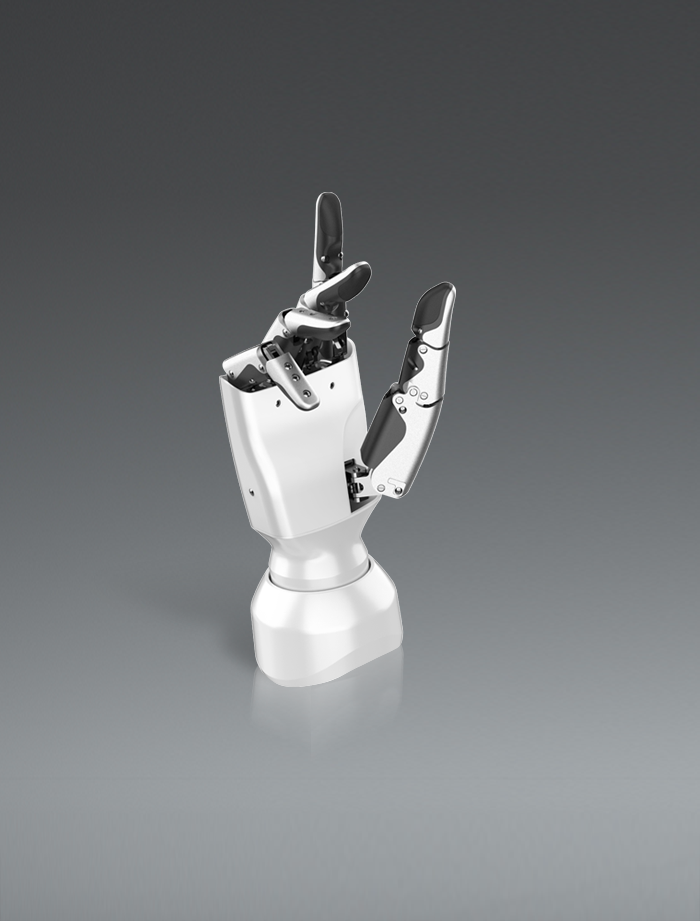The field of robotics is undergoing a profound shift, moving from pre-programmed machines to intelligent agents that perceive and act in the real world. This is a laboratory automation solution, where AI is not just a brain but is integrated into a physical body that can interact with its environment. Daimon Robotics is at the forefront of this revolution, developing the core technologies that enable robots to understand and manipulate the world with human-like dexterity and awareness.
The Core Technology: Vision-Tactile-Language-Action (VTLA)
At the heart of Daimon’s innovation is the VTLA model. This framework allows robots to process information much like humans do, by combining multiple senses. High-resolution multimodal tactile sensors provide a rich sense of “touch,” capturing details like texture, pressure, and temperature. This tactile data is fused with visual input from cameras. Natural language processing allows the robot to understand instructions, and all this information guides its physical actions. This closed-loop system enables robots to perform complex tasks that require constant feedback and adjustment, such as washing dishes or wiping windows, moving beyond simple, repetitive motions.
Real-World Applications: From Laboratories to Living Rooms
Daimon’s technology is designed for practical impact across various sectors. In intelligent logistics, our dexterous hands and tactile feedback enable the safe and stable handling of a wide range of items, from fragile parcels to irregularly shaped components. Our systems allow robots to perform precise operations like plug-and-play assembly and handling tiny electronic parts. Furthermore, by integrating the Daimon One multimodal model, these advanced capabilities are also being adapted for home services, bringing sophisticated robotic assistance directly to consumers.
Conclusion
The future of robotics lies in embodied intelligence that can seamlessly operate in human-centric environments. Daimon is pioneering this future by building the essential building blocks—high-resolution tactile sensing, advanced dexterous hands like our two-finger grippers and multi-fingered models, and the unifying VTLA intelligence. Our work, rooted in years of academic research and commercial experience, is making robots more perceptive, capable, and useful. We are not just building robots; we are defining a new standard for how intelligent machines perceive, understand, and interact with the physical world.


